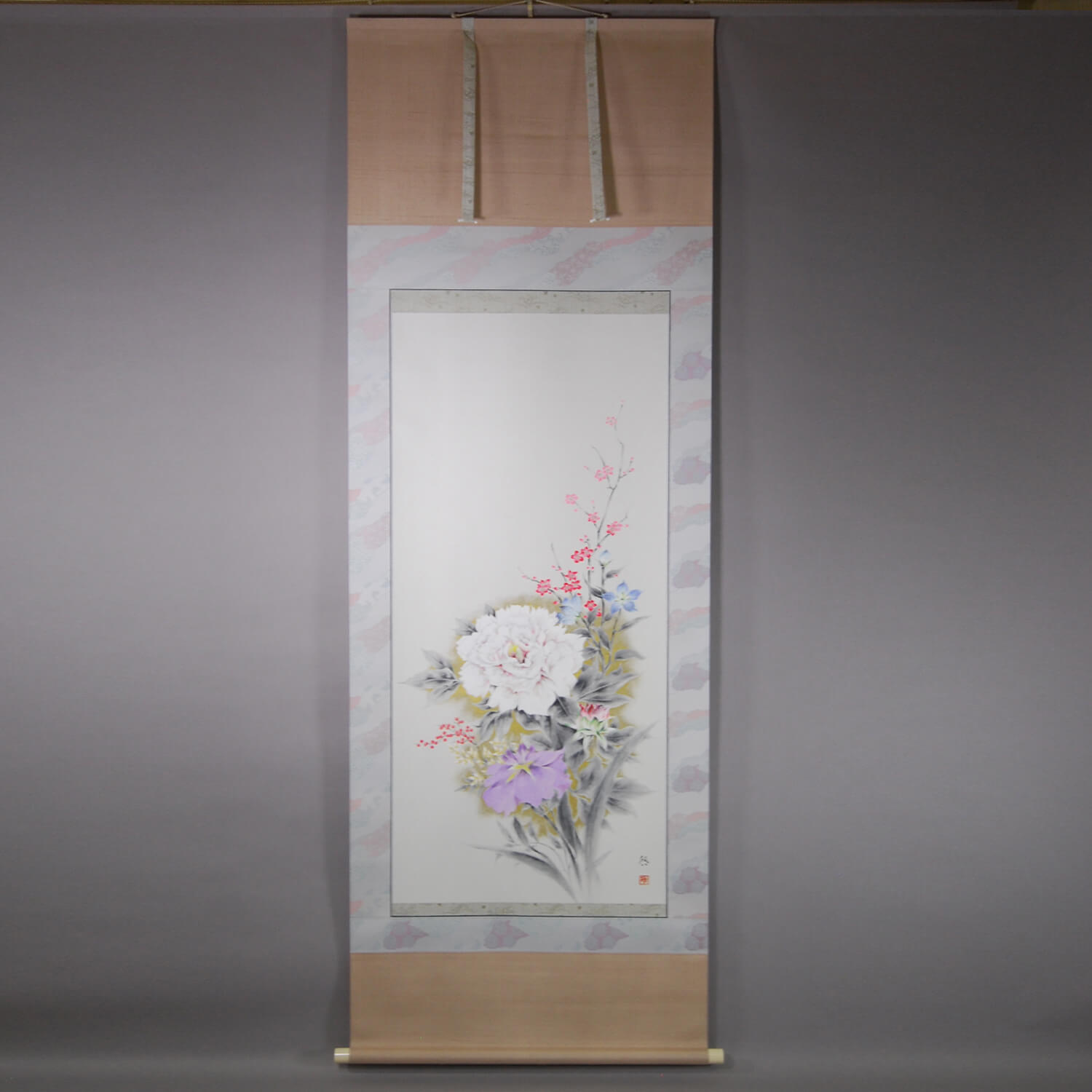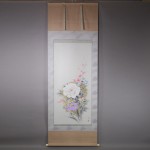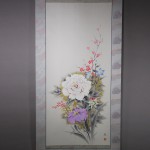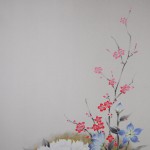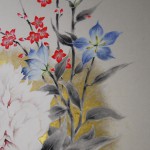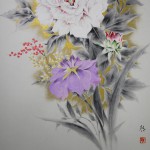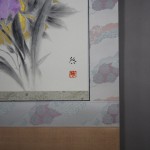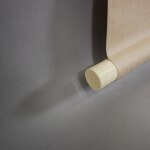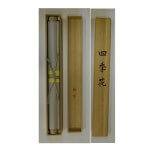Products Lineup
News / Blog
Other Menus
Kakejiku Hanging Scroll: Flowers of Each Season / Keiji Yamazaki - Shikibana
- Product ID
- 0051
- Name
- Keiji Yamazaki
- Profile
1937-2018
An auditor of the Nitten Exhibition- Size
- 725mm x 2020mm
- Roller End Material
- Artificial ivory
- Material of the Work
- Japanese paper
- Stock Condition
- Sold out
- Description
The state, in which no “kakejiku” (hanging scroll) is displayed in “tokonoma” (alcove), is called “kara-doko” (empty alcove) in the kakejiku world. This state is considered to be unrefined and a bad omen.
The number of the Japanese people, who have their own homes, have increased since modern times. Therefore, more kakejiku are required (compared to previous generations). Modern people, who can not afford the time, tend to prefer a kakejiku, whose subject is not seasonal. This is because they can display the kakejiku regardless of the season. A kakejiku, whose subject is “perennial,” is called “jouji-gake”, (a usual kakejiku) or “nichijou-gake” (an everyday kakejiku). In this case, “pernnial” doesn’t mean that we can leave this kakejiku displayed for a long while, but that we can display it freely, regardless of the season. This is because displaying a kakejiku for too long may cause damage.
“Shikibana” means a flower for each season, and this is one of the subjects of a jouji-gake. It is not so traditional as a subject for painting. I guess that it began to be painted since modern times. There is no special rule, but a peony is customarily painted at the center.
This is a painting of shikibana (a group of flowers of each season) by Keiji Yamazaki. This work has bold margins and composition, and the peony, the plum blossoms, the iris, bell flower and the nandina are painted beautifully. The gold background and the leaves (painted with “sumi” ink) accentuate the vivid colors of flowers. “Tarashikomi” is a high-level blending technique of Japanese-style painting for attaining natural blur by making use of the difference in the specific density of pigments. This work was painted, using the tarashikomi technique, so we can see the delicate change of the colors. We can enjoy this work in each season.

